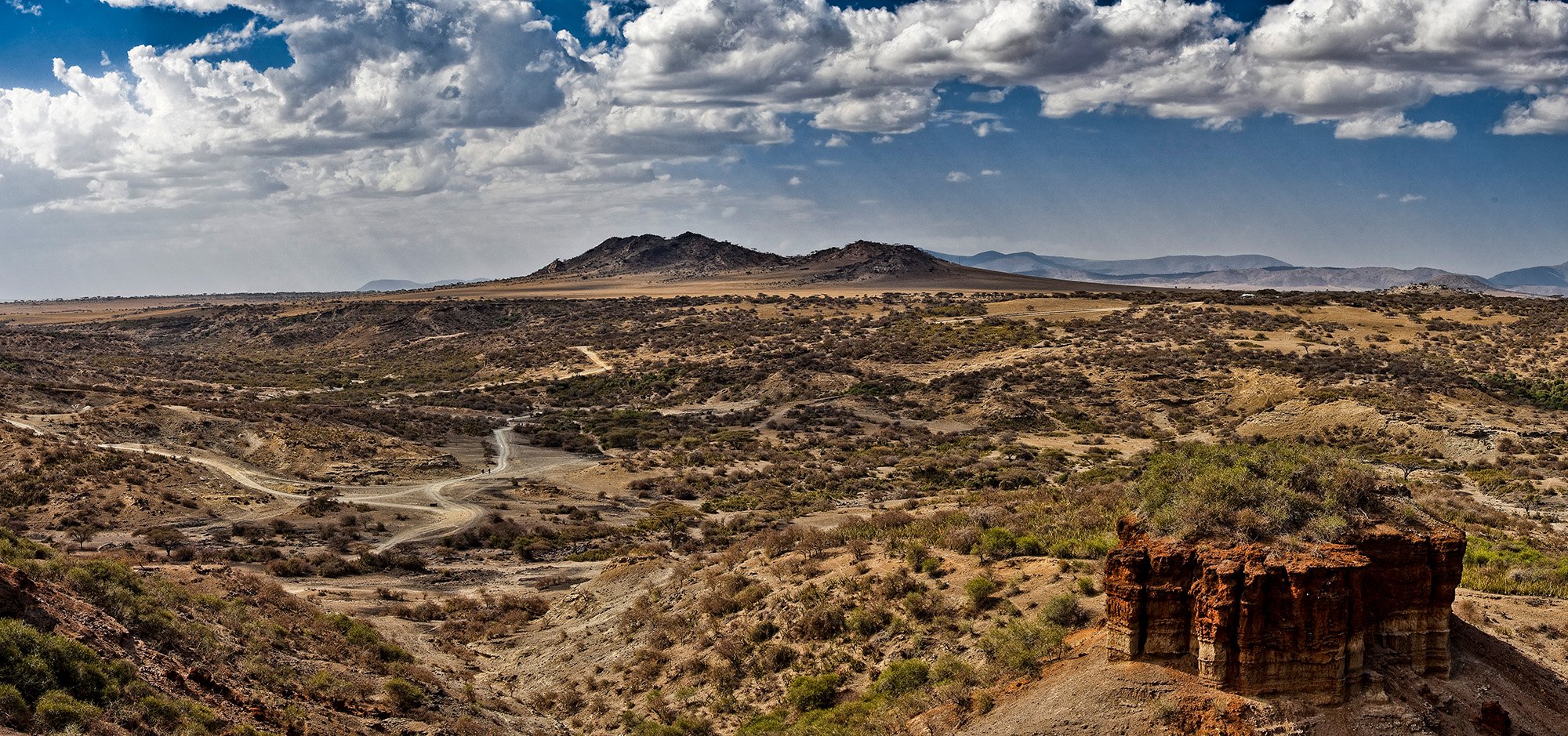New research reveals that discrepancies between the locations where fossils are found and the areas where early humans are thought to have resided could affect our comprehension of human evolutionary history.
A significant portion of the early human fossil record comes from a few key locations in Africa, where ideal geological conditions have preserved a wealth of fossils that scientists use to piece together the story of human evolution. One notable area is the eastern branch of the East African Rift System, which includes important fossil sites like Oldupai Gorge in Tanzania.
Yet, the eastern branch of the rift system only accounts for 1% of the surface area of Africa—a fact that makes it possible to estimate how much information scientists who rely on such small samples are missing.
In a new study published in the journal Nature Ecology & Evolution, researchers at the George Washington University show the extent to which the concentration of sites in hotspots like the East African Rift System biases our understanding of human evolution and why scientists must take that bias into account when interpreting early human history.
Hear more from GW’s Andrew Barr on the significance of these findings. Credit: The George Washington University
“Because the evidence of early human evolution comes from a small range of sites, it’s important to acknowledge that we don’t have a complete picture of what happened across the entire continent,” says W. Andrew Barr, an assistant professor of anthropology at GW and lead study author. “If we can point to the ways in which the fossil record is systematically biased and not a perfect representation of everything, then we can adjust our interpretations by taking this into account.”
Research Findings
To determine the size of the bias in the fossil record, Barr and his co-author Bernard Wood, University Professor of Human Origins at GW, looked at the distribution of modern mammals that currently live in the rift valley. They found that very few medium- and large-bodied mammals are “rift specialists,” and the rift environment, in fact, represents on average 1.6 % of the total geographic range of modern mammal DOI: 10.1038/s41559-024-02522-5














/https://tf-cmsv2-smithsonianmag-media.s3.amazonaws.com/filer_public/d1/82/d18228f6-d319-4525-bb18-78b829f0791f/mammalevolution_web.jpg)






Discussion about this post